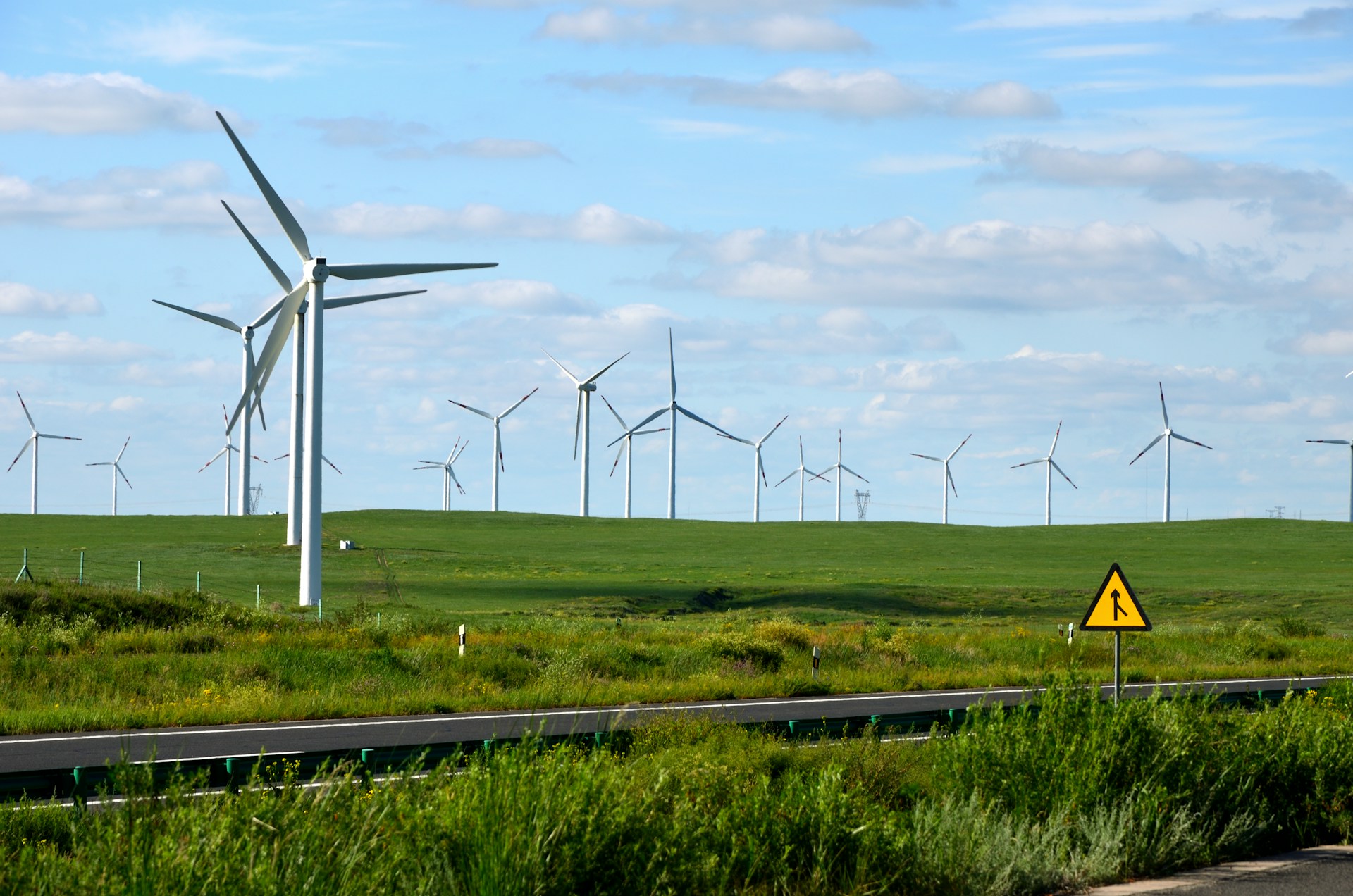
The road to a cleaner, more sustainable future is built on leadership, vision, and the courage to act. Clean energy transportation leadership is more than just an environmental initiative—it is a movement that transforms how we travel, how cities operate, and how communities connect. Leaders across the globe are setting bold goals to move away from fossil fuels, reduce greenhouse gas emissions, and embrace transportation powered by renewable energy.
This transformation is not just about adopting new technologies; it is about shaping a transportation system that works for people, the economy, and the planet. From electric cars and buses to hydrogen-powered trains and innovative public transit systems, clean energy transportation leadership is redefining mobility for a new era. The decisions leaders make today will shape how future generations live, work, and move.
Building the Foundation for Sustainable Mobility
At the heart of clean energy transportation leadership is the understanding that real change requires strong foundations. Leaders are tackling one of the most significant sources of global emissions—transportation—by setting clear roadmaps for zero-emission travel. Every electric bus that replaces a diesel model, every charging station that opens, and every community that embraces public transit is a step toward cleaner air and healthier living.
Infrastructure is a critical piece of this foundation. Without an extensive network of charging stations, hydrogen refueling hubs, and advanced transit systems, the shift to clean energy transportation would stall. Visionary leaders invest early in these projects, ensuring that renewable-powered travel is accessible and reliable. This planning helps cities meet ambitious climate goals while creating new jobs in clean technology and construction.
In addition to infrastructure, leadership also focuses on integrating transportation systems with renewable energy production. For example, solar-powered charging hubs can reduce reliance on traditional grid electricity, while wind-generated power can fuel large-scale transit systems. By connecting clean energy production directly to mobility solutions, leaders strengthen both sectors and maximize environmental benefits.
Innovation as the Driving Force
Innovation fuels clean energy transportation leadership. Electric vehicle batteries are now more efficient, offering longer ranges and faster charging times. Hydrogen fuel cells are emerging as a viable solution for heavy-duty trucks, buses, and trains. Even shipping and aviation are exploring renewable-powered propulsion systems.
Forward-thinking leaders partner with private companies, research institutions, and public agencies to drive these innovations. One powerful example is the integration of smart grids with transportation networks. These grids allow renewable energy from solar and wind sources to directly power charging stations during peak production hours. This approach not only ensures that vehicles run on immaculate energy but also helps balance the electrical grid.
Innovation also extends to urban planning. Leaders are reimagining streets, bike lanes, and pedestrian pathways to support sustainable mobility. They encourage mixed-use development so people live closer to work, schools, and shops, reducing the need for long commutes. The result is not only reduced emissions but also stronger, healthier communities that thrive without relying heavily on personal cars.
Leaders also recognize that innovation must be ongoing. As technology evolves, so too must transportation systems. This requires a commitment to research, pilot programs, and flexible strategies that adapt to changing conditions.
Policy and Regulation for a Greener Future
Policy plays a central role in clean energy transportation leadership. Governments set emissions targets, implement low-emission zones, and offer tax incentives for electric vehicle purchases. These measures create an environment where clean transportation thrives.
Strong regulations push industries to modernize. Stricter fuel efficiency standards, mandatory fleet electrification, and renewable fuel mandates are powerful tools for reducing emissions. Forward-looking leaders understand that without supportive policies, progress would be slower and less impactful.
Financial incentives make clean transportation more affordable for individuals and businesses. Rebates, grants, and reduced registration fees encourage adoption. For example, some states offer thousands of dollars in rebates for electric car buyers, while others help businesses replace aging diesel trucks with zero-emission models.
Additionally, leaders promote collaboration between local, state, and federal governments to ensure consistency. A unified approach prevents confusion, speeds up infrastructure development, and supports large-scale adoption of renewable-powered mobility.
Community Engagement and Public Awareness
Authentic clean energy transportation leadership depends on people. Public support determines whether new initiatives succeed or fail. Leaders invest in awareness campaigns that explain how clean transportation improves air quality, reduces fuel costs, and creates healthier communities.
Community engagement ensures that projects meet real needs. Residents can share feedback on where charging stations should be placed, which transit routes require expansion, and how to make transportation more affordable. By involving the public, leaders create solutions that work for everyone.
Local programs such as bike-share services, electric car-sharing platforms, and discounted public transit passes help people experience the benefits of clean mobility firsthand. These programs build trust and demonstrate that leadership translates into practical, everyday benefits.
Engagement also fosters long-term behavioral change. When communities integrate clean energy transportation into their daily lives, adoption rates increase, and environmental benefits multiply. Leaders know that without public commitment, the transition will move too slowly to meet urgent climate goals.
Leading the Path Toward a Zero-Emission Future
The journey toward a zero-emission future is underway, but leadership will determine how fast we get there. Across the country, cities are pledging to phase out gasoline and diesel vehicles. Public transit agencies are converting entire fleets to electric. Companies are electrifying delivery trucks and investing in renewable-powered logistics systems.
Clean energy transportation leadership means setting ambitious goals and following through with action. It requires investing in innovation, building resilient infrastructure, creating supportive policies, and engaging communities. This leadership does not just cut emissions—it strengthens local economies, improves public health, and positions communities for long-term success.
The next decade will be decisive. Leaders who act now will create a transportation system that runs on clean, renewable energy and supports vibrant, connected communities. Clean energy transportation leadership is not only a vision for the future—it is the roadmap to get us there.